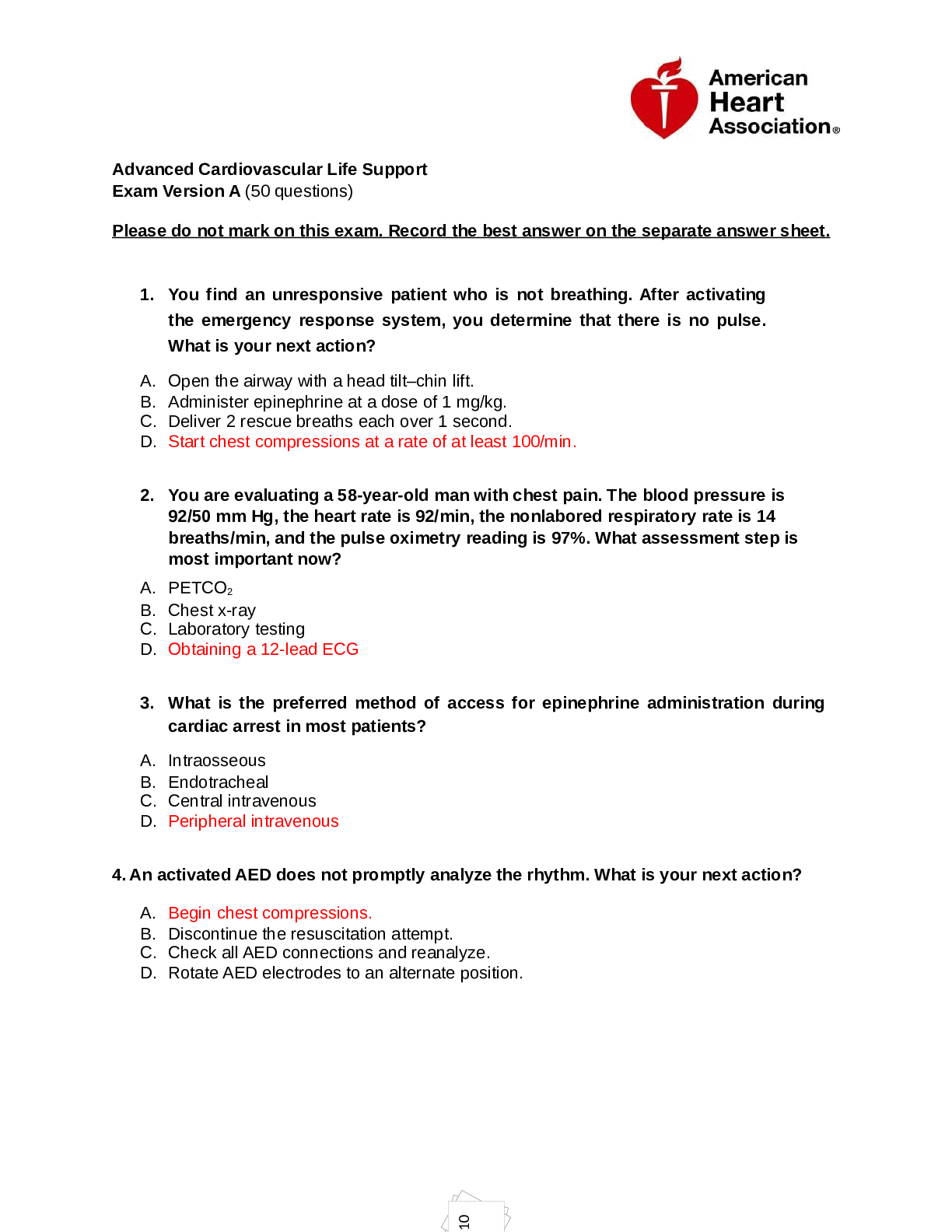ACLS Exam Version A .
Course
Project Management
Subject
Chemistry
Category
Questions and Answers
Pages
11
Uploaded By
ATIPROS
Preview 4 out of 11 Pages


Download all 11 pages for $ 6.00
Reviews (0)
$6.00
